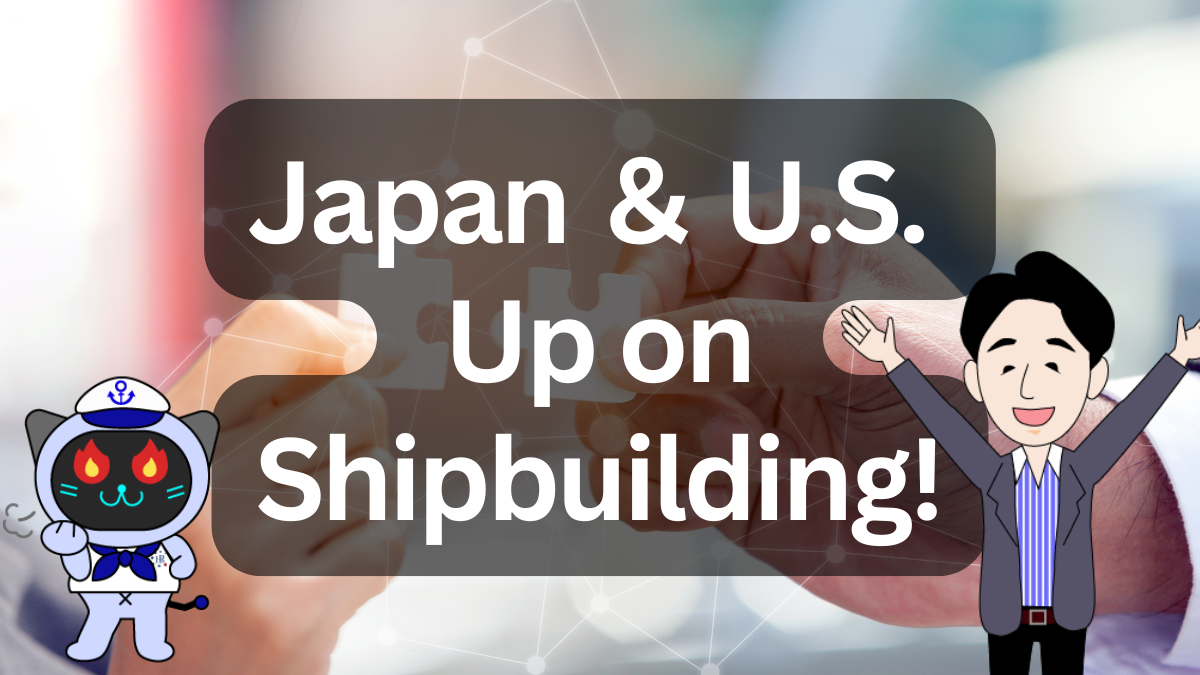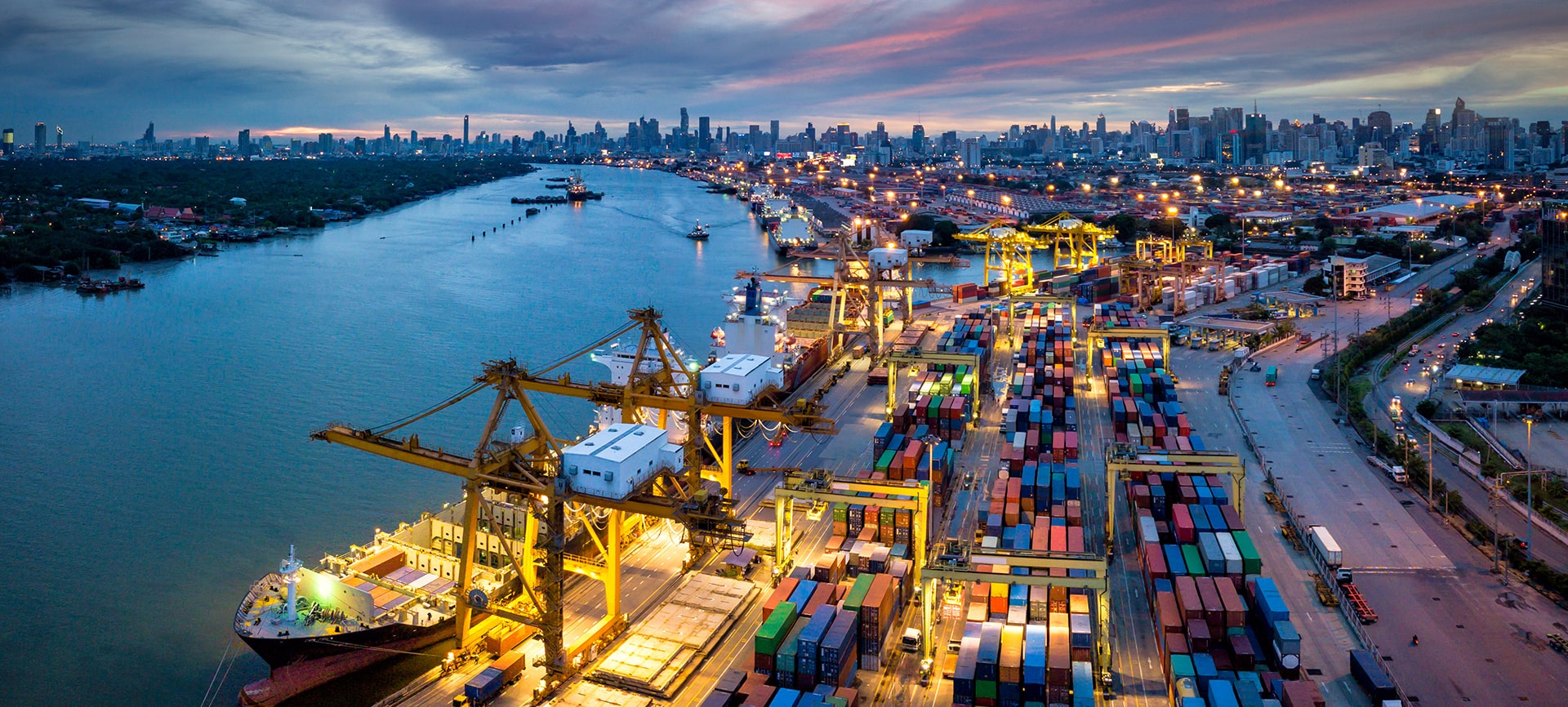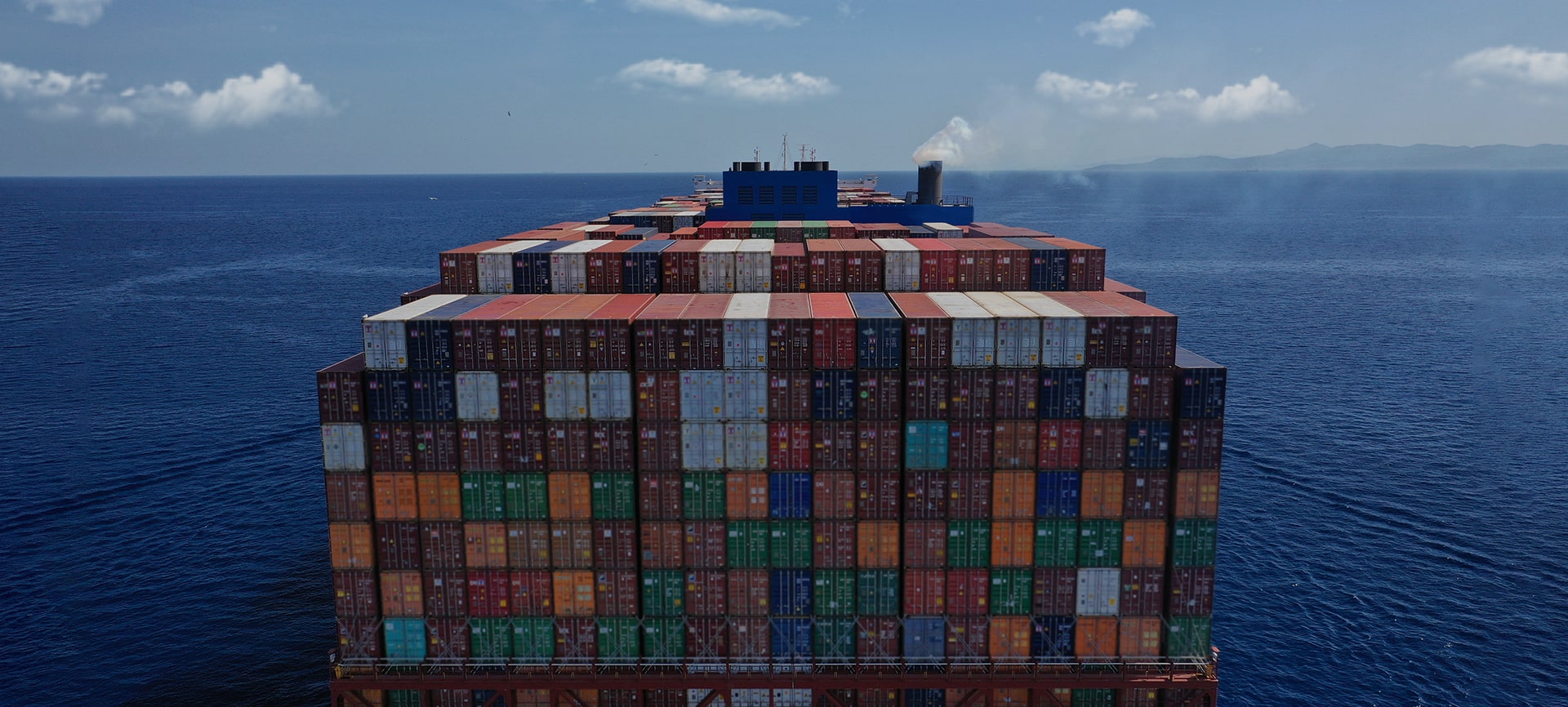Posted on: October 29, 2025 / Last updated: October 29, 2025
Japan and the U.S. Sign Shipbuilding Cooperation MOU: The Hidden Strategy Behind America’s Maritime Revival

In October 2025, Japan and the United States signed a Memorandum of Understanding (MOU) on cooperation in the field of shipbuilding.
The agreement covers the expansion of shipbuilding capacity, human resource development, technological innovation, and investment in U.S. maritime infrastructure.
Behind this seemingly technical cooperation lies a grand vision — the revival of the American shipbuilding industry.
Under the renewed “America First” policy of the Trump administration, the U.S. seeks to rebuild its maritime capabilities from the ground up.
At the same time, Japan aims to play a strategic role as a technological and industrial partner.
CONTENTS
The Signing of the MOU on Shipbuilding Cooperation
On October 28, at Japan’s Ministry of Land, Infrastructure, Transport and Tourism, Minister Yasuyuki Kaneko and U.S. Secretary of Commerce Howard Ratnick officially signed the agreement.
The two governments will establish a “Shipbuilding Working Group” focusing on key themes such as:
- Expansion of shipbuilding capacity in both countries
- Investment in U.S. maritime infrastructure
- Clarifying demand for vessels important to economic and national security
- Strengthening education and training for shipbuilding engineers
- Joint development of AI and robotic technologies
Shipbuilding is no longer an “old industry.”
It is now an arena where AI and robotics are reshaping the future of manufacturing.
Japan’s Perspective: Shipbuilding as National Security
Minister Kaneko stated, “Shipbuilding supports both nations’ economies and national security. Ensuring sufficient shipbuilding capacity and enabling ‘ships for Japan and the U.S. to be built in Japan and the U.S.’ is vital.”
From energy transport to defense, logistics, and disaster response, all depend on maritime capability.
In this sense, “If shipbuilding stops, the nation stops.”
Through this MOU, Japan seeks to strengthen its economic security and maritime resilience.
The U.S. Perspective: Rebuilding from Zero
Secretary Ratnick remarked, “The United States once had a powerful shipbuilding industry, but over the decades it has nearly vanished.
Japan, as an ally with world-class technology, can help us rebuild it.”
Indeed, since the 1980s, most U.S. commercial shipyards have closed, leaving only a few military and government-focused facilities.
This MOU marks the first step in rebuilding America’s shipbuilding industry from scratch, with Japan as its key partner.
The “Port Entry Fee” — A Strategic Industrial Policy
A key backdrop to this agreement is the new “Port Entry Fee” introduced by the Trump administration in 2025.
This tax applies to vessels built outside the United States when entering U.S. ports, with some reports estimating costs exceeding $1 million per ship.
Its purpose is clear — to encourage ships built in America.
In essence, the fee functions as a protectionist policy to revive domestic shipbuilding.
However, the U.S. currently lacks both shipyards and skilled labor.
Thus, Japan’s cooperation is crucial for making the policy feasible.
Technological Innovation and Human Resource Development
The MOU also includes provisions for joint development in advanced shipbuilding technologies and training.
- AI-based production management
- Automated welding using robotics
- Digital twin-assisted ship design
- Exchange programs for students and engineers
Such collaboration could lead to Japanese engineers helping rebuild American shipyards.
Conclusion: A New “Shipbuilding Alliance” Between Japan and the U.S.
Shipbuilding, once seen as an old-fashioned industry, is making a comeback.
In an era shaped by decarbonization, AI, geopolitics, and supply chain restructuring, the sector has regained strategic importance.
By applying “external pressure” through the port entry fee and fostering “internal cooperation” via this MOU, the U.S. aims to revive its shipbuilding power.
Japan, in turn, stands as the key partner — contributing technology, talent, and experience.
This “shipbuilding renaissance” marks a new chapter in the Japan–U.S. industrial partnership.












